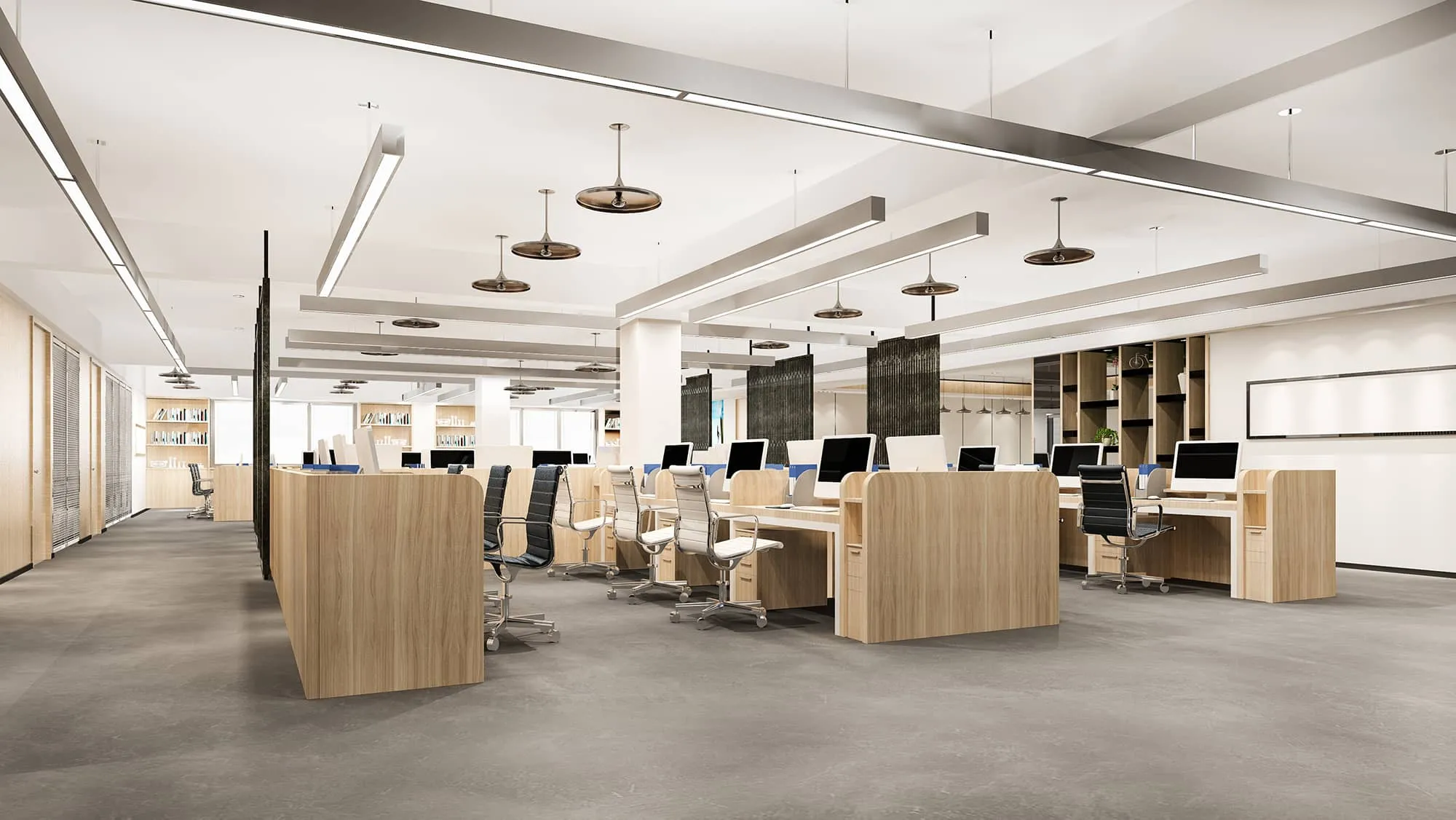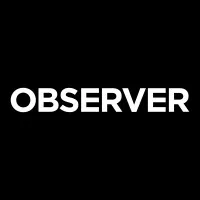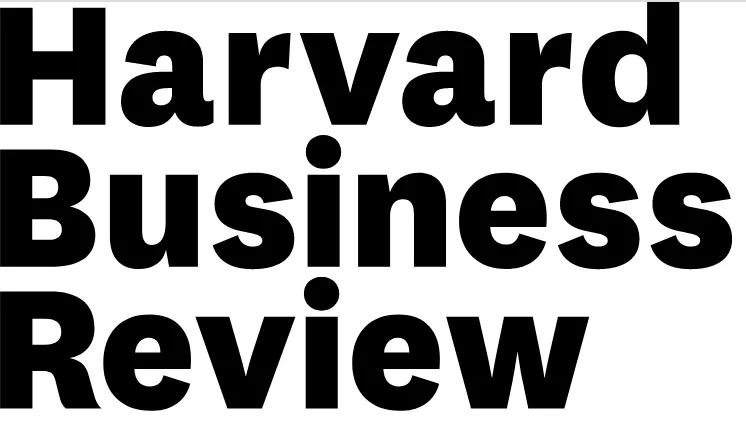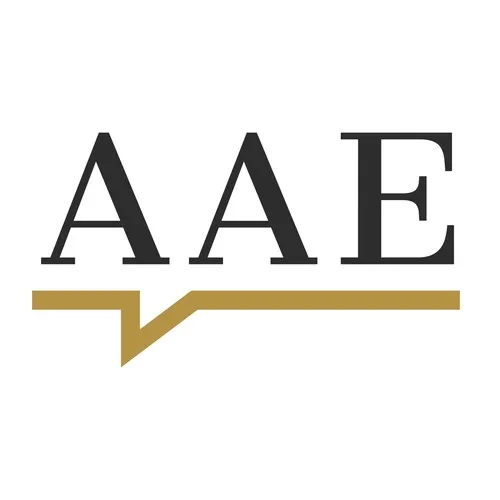Freelancers and the Gig Economy
First, the rise of the gig economy has massively impacted the employee experience. In recent years, there has been a notable increase in non-traditional employment arrangements such as freelancing, temporary contract jobs, and gig work. In fact, it is estimated that more than half of the United States workforce will be participating in gig work by 2027. While these arrangements offer flexibility and bring in extra income, they often involve less job security, fewer benefits, and lower wages than traditional employment. As a result, while employees may rely on a more traditional employer for security, their job may not be their main work priority. Careers have become more flexible in general, meaning that many employees are not likely to stick with one job or company for the majority of their careers.
With all of this being said, the advent of remote work has had the most significant impact on the employer-employee relationship. There are several major factors to consider when it comes to any kind of workplace, but especially in a world where remote or hybrid-remote work is more widely utilized. Understanding how the workplace has changed can help to examine the ways employees’ attitudes and expectations have changed as well.










